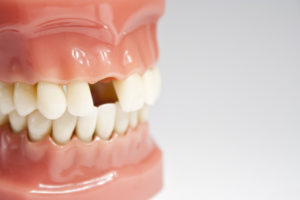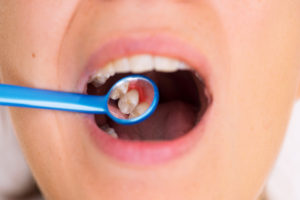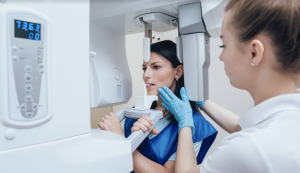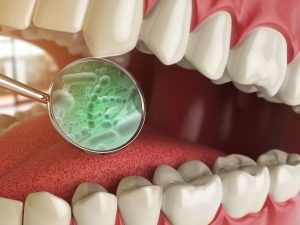According to new studies, better oral hygiene and regular dental visits may play a role in slowing cognitive decline as people age. Clinical evidence suggests that the frequency of oral health problems increases significantly in cognitively impaired older people, particularly those with dementia.
In addition, many of the factors associated with poor oral health—such as poor nutrition and systemic diseases like diabetes and cardiovascular disease—are also associated with poor cognitive function. Studies found that oral health measures such as the number of teeth, the number of cavities and the presence of periodontal disease were associated with an increased risk of cognitive decline or dementia.
So taking care to do proper home oral hygiene and seeing the dentist regularly are important to help not only achieve a healthy mouth, but also to reduce cognitive decline.
If you, your family or friends need dental care, we would be honored to provide you with state-of-the-art dental care in our modern dental practice. Refer someone you love to someone you trust!
Presented as a service to the community by Doctors Hoover and Yanda,




 Oral health is an essential part of psychological well-being and overall health in older adults. Poor oral health is associated with decreased quality of life, depression, hypertension, and cognitive decline. Two studies explored the relationship between poor oral health and cognitive decline and the effects of perceived stress and social support on dry mouth.
Oral health is an essential part of psychological well-being and overall health in older adults. Poor oral health is associated with decreased quality of life, depression, hypertension, and cognitive decline. Two studies explored the relationship between poor oral health and cognitive decline and the effects of perceived stress and social support on dry mouth.

 Oral health is a critical component to overall health for all ages, but according to a new report, vigilance is especially critical for the elderly.
Oral health is a critical component to overall health for all ages, but according to a new report, vigilance is especially critical for the elderly. High blood pressure affects 30-45% of adults and is the leading global cause of premature death, while gum (periodontal) disease affects more than 50% of the world’s population. High blood pressure (hypertension) is the main preventable cause of cardiovascular disease, and periodontitis has been linked with increased risk of heart attack and stroke.
High blood pressure affects 30-45% of adults and is the leading global cause of premature death, while gum (periodontal) disease affects more than 50% of the world’s population. High blood pressure (hypertension) is the main preventable cause of cardiovascular disease, and periodontitis has been linked with increased risk of heart attack and stroke. To our readers and patients…
To our readers and patients… find out what’s going on inside your mouth by taking a series of x-rays that need to be developed in a darkroom using strong chemicals. After they dry out these small (usually about 1 square inch) films are viewed on a special lighted screen. This time-consuming process is no longer necessary due to Digital Radiography.
find out what’s going on inside your mouth by taking a series of x-rays that need to be developed in a darkroom using strong chemicals. After they dry out these small (usually about 1 square inch) films are viewed on a special lighted screen. This time-consuming process is no longer necessary due to Digital Radiography. good tooth structure removed to make a bridge, talk to your dentist to see if dental implants are an option for you.
good tooth structure removed to make a bridge, talk to your dentist to see if dental implants are an option for you.